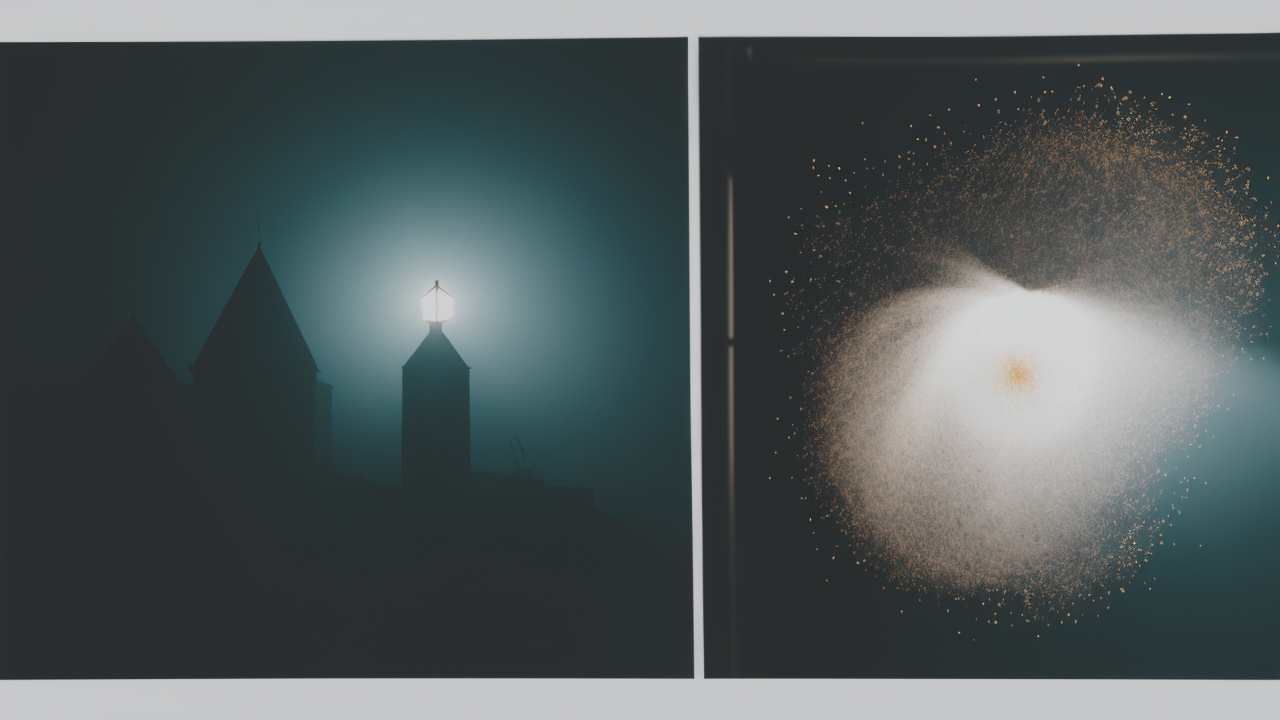
Color Theory Essentials: Designing Minimalist Wall Art with Impact
Understanding Minimalism: A Brief History and Its Relation to Color
The Origins of Minimalism in Art
Minimalism emerged in the 1960s as a reaction to abstract expressionism. It focused on simplicity and objectivity in art. Artists like Donald Judd and Frank Stella led this movement.

Minimalist art aimed to remove personal expression and emotion. It emphasized the physical properties of materials and space. Early minimalist works often used industrial materials.
The movement valued simplicity, clarity, and precision. It rejected ornate designs and excessive decoration. Minimalism spread to other fields like architecture and design.
Today, minimalism continues to influence contemporary art and culture. Its principles of simplicity and functionality remain relevant in various creative fields.
Color in the Minimalist Movement
Color plays a crucial role in minimalist art, despite the focus on simplicity. Early minimalists often used monochromatic color schemes. They favored neutral tones like white, black, and gray.
As the movement evolved, some artists explored bolder color choices. They used color to create visual impact and evoke emotions. Some artists used vibrant hues to contrast with simple forms.
In minimalism, color serves to highlight form and space. It can create depth, emphasize structure, or guide the viewer's eye. Many minimalist artists view color as a material in itself.
The use of color in minimalism is deliberate and purposeful. It's not about decoration, but about enhancing the artwork's essence. Color choices are often subtle but impactful.
How Color Influences Minimalist Artistic Expression
The Psychology of Color in Minimalism
Color psychology plays a significant role in minimalist art. Even with limited palettes, color choices can evoke strong emotions. They can create atmosphere and guide viewer perception.

Red can add energy and passion to a minimalist piece. Blue often brings a sense of calmness and depth. Yellow might add brightness and optimism to a work. White, a staple in minimalism, represents purity and simplicity.
Minimalist artists use color to guide viewers' perceptions. They may use contrasts to create focus points. Or they might use subtle variations to create harmony and balance.
The absence of color can be as powerful as its presence. Black and white works can create striking visual effects. They can also emphasize form and texture in ways that color might obscure.
Case Studies: Successful Minimalist Artists and Their Color Strategies
- Ellsworth Kelly: Known for bold, flat colors in simple shapes. He used vibrant hues to create visual impact.
- Agnes Martin: Favored pale colors and grids. Her work evokes serenity through subtle color variations.
- Piet Mondrian: Used primary colors with black and white. His work balances color and form perfectly.
- Yves Klein: Famous for his intense blue monochrome paintings. He showed how a single color can be powerful.
- Donald Judd: Often used industrial materials in their natural colors. He also explored vibrant hues in some works.
These artists show diverse approaches to color in minimalism. Some use bold colors for impact and energy. Others prefer subtle tones to create calm and contemplative pieces.
Each artist's color strategy serves their unique vision. Their work shows how color can enhance minimalist principles. It proves that even simple color choices can have profound effects.
Best Practices for Incorporating Color in Minimalist Art
Expert Tips for Artists
- Start with a limited palette: Choose 2-3 colors that work well together. This helps maintain simplicity.
- Use color purposefully: Every color should have a reason. Avoid decorative or unnecessary colors.
- Embrace negative space: Let white or empty areas enhance your color choices.
- Consider color relationships: Use complementary or analogous colors for different effects.
- Experiment with intensity: Vary the saturation of colors to create depth and interest.
- Pay attention to proportions: The amount of each color can greatly impact the overall feel.
- Use color to guide the eye: Strategic color placement can lead viewers through the artwork.
- Don't fear bold choices: Even a single vibrant color can make a strong statement in minimalism.
- Study color theory: Understanding color principles can enhance your artistic decisions.
- Practice restraint: Remember, in minimalism, less is often more. Use color wisely and sparingly.
These tips can help artists effectively use color in minimalist works. They encourage thoughtful color choices that enhance the artwork's message. By following these guidelines, artists can create impactful minimalist pieces.

The Role of Color in Digital vs. Traditional Minimalism
Digital and traditional minimalism both use color effectively, but in different ways. Each medium offers unique opportunities and challenges for color use.
In digital minimalism, colors are often brighter and more saturated. Screen displays allow for vivid hues and precise color control. Digital artists can easily experiment with color variations. They can create smooth gradients and color transitions.
Traditional minimalism relies more on physical pigments. Artists must consider how colors interact on canvas or paper. Texture plays a bigger role in traditional mediums. The way paint or ink sits on a surface affects color perception.
Digital art offers exact color codes for consistency. Traditional art involves more unpredictability in color mixing. This can lead to unique, sometimes unexpected results.
Both forms allow for color layering. In digital art, this is done through software tools. Traditional artists use physical layering techniques. Each method creates different color depth effects.
Lighting affects both, but differently. Digital art is viewed on screens with built-in light. Traditional art relies on external lighting, which can change color perception.


